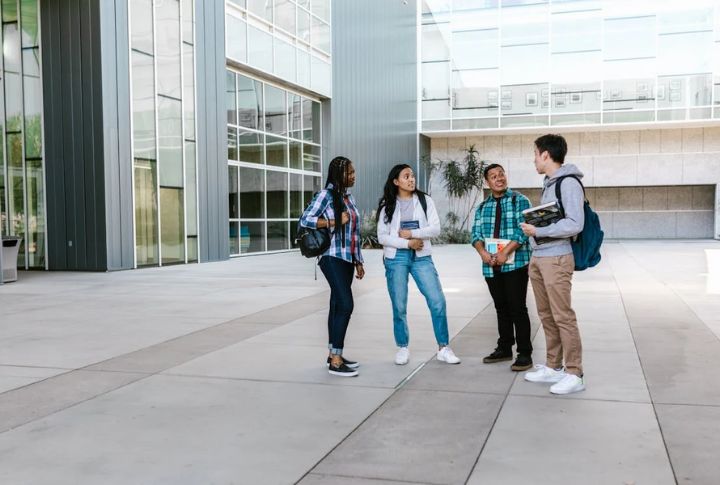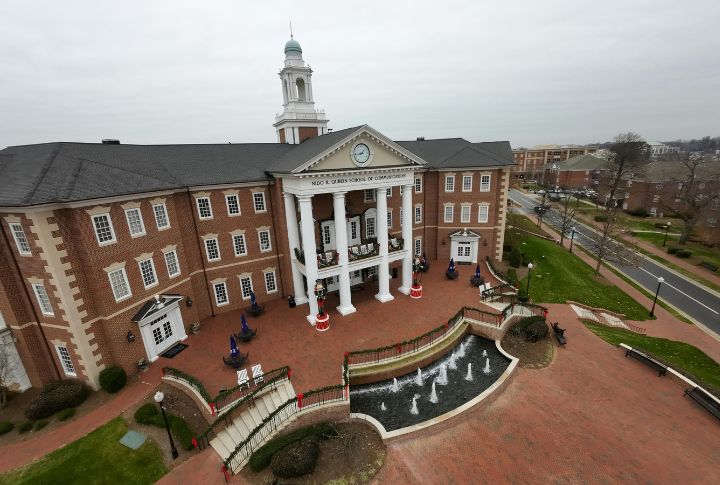
Student loans aren’t just numbers on a bill anymore—they’re turning into political punching bags and economic minefields. Rules are shifting faster than your loan balance, and what worked last year might not fly tomorrow. If you thought repayment was complicated before, brace yourself. The student debt world just got messier.
The Scale Of Student Loan Debt In 2025

Over 43 million Americans owe a staggering $1.77 trillion in federal student loan debt, according to Federal Student Aid (June 2025). Graduate students represent just 21% of borrowers but carry over half that debt. The average balance now sits at $37,000—a 25% increase since 2015.
Budget Fights Impact On Student Loan Policies

House Republicans want to cut $330 billion from education funding over the next 10 years in their 2025 budget plan. This proposal, revealed by the House Education and Workforce Committee, could lead to major changes in student loan programs. Past budget standoffs have already delayed loan disbursements and paused aid entirely.
The Repayment Assistance Plan (RAP) Proposal

Under the proposed Repayment Assistance Plan, borrowers would pay between 1% and 15% of their income each month, with payments starting at just $10. While interest would be waived to avoid balance growth, the plan could cost borrowers $2,928 more per year than SAVE, according to the Student Borrower Protection Center. Loan forgiveness would take up to 30 years.
Income-Driven Repayment Plans Under Threat

Millions rely on income-driven repayment (IDR) to keep monthly loan payments manageable—8 million joined the SAVE plan alone before courts stepped in. Now, older plans like PAYE (Pay as You Earn) are on the chopping block. The CFPB says default rates could jump 15%, and last year, 45% of users already hit roadblocks trying to enroll.
Economic Hardship Deferments At Risk

If you’re unemployed or struggling financially, deferment has been a safety net. But that net might vanish. Around 220,000 borrowers used hardship or unemployment deferment in 2025, but new rules would shut these options down for future loans. Instead, you’d be pushed into forbearance, where interest keeps piling up. That could mean 20% more debt over time.
Public Service Loan Forgiveness (PSLF) Changes

PSLF has forgiven $74 billion for 1.2 million borrowers so far, but big changes are brewing. The new bill would block medical and dental residents from qualifying. And with nearly 25% of past denials tied to paperwork mistakes, experts warn that even those who qualify may have a tougher time actually getting relief.
Changes To Federal Loan Types

Subsidized loans, used by 30 million borrowers, let you skip interest while in school. However, starting in July 2026, that perk could be gone. A new proposal would scrap subsidized and Grad PLUS loans, which would cap graduate borrowing at $100,000. Many students may be pushed toward private lenders with fewer protections.
Pell Grants And Budget Cuts

Pell Grants have long helped millions pay for college—$28 billion went out to 6.7 million students in 2024 alone. However, a new proposal might lock out part-time students by raising the credit-hour requirement. Even with plans to extend Pell to short-term programs, $10 billion in cuts are still on the chopping block.
Institutional Accountability Proposals

In a major accountability move, colleges—especially for-profit ones—could soon be on the hook for student loan defaults. The latest 2025 estimate from the CBO puts that risk-sharing price tag at $6.2 billion. Most closed-school loan discharges from past years came from for-profit schools, and critics worry this could make them stop admitting lower-income students.
Borrower Defense And Consumer Protections

Borrower defense programs have wiped out $14 billion in debt for 1.8 million students who got burned by shady schools. But new legislation dialed back the rules that held for-profit colleges accountable. With oversight fading, the National Consumer Law Center warns we could see a 10% spike in default rates—another hit borrowers can’t afford.
